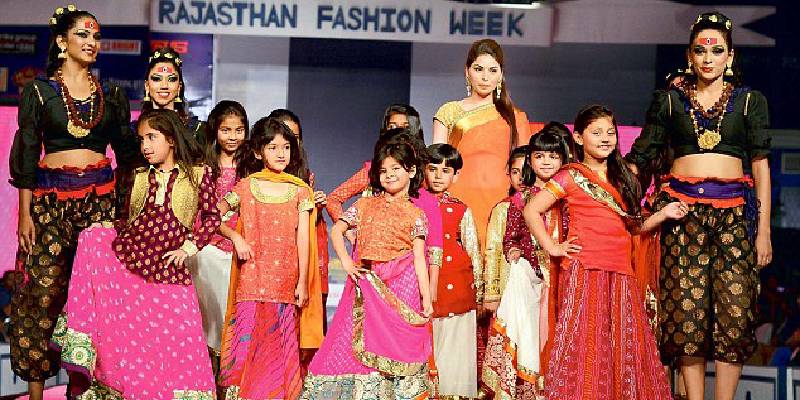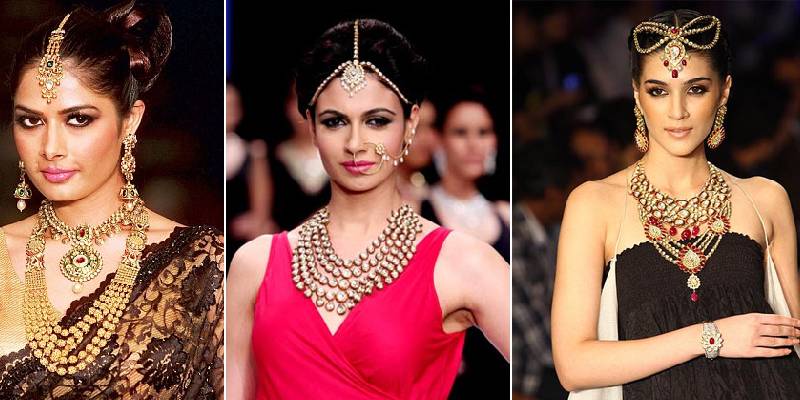
Your days are spent staying up to date with the latest trends in fashion, nationally and internationally. You have the knack to know which attire will suit a person and which not. You have the passion, creativity, and innovation to make outstanding clothes. If these sentences describe you to the T, then a profession in the field of fashion may be the right thing for you. Here are two paths that you can walk on to build a successful career in the sector.
• Textile Designer
The different types of fabrics and cloths utilised to create attires are called textiles. The material can be printed, woven or knitted. Some examples of them are:
o tie-and-dye
o wool
o phulkari
o khadi
A textile designer is a person who creates patterns and motifs on these fabrics. They do so by using procedures such as:
o yarn making
o weaving
o knitting
o dyeing
o finishing processes
Also called apparel designers, they are experts at the technical end of the fashion industry. For them, knowing the properties of fibres, yarns, and dyes is day-to-day work. They are even masters at the production of fabrics.
Explore More About : Trending Up With Bang
• Fashion Designers
It is one career option that every man and woman will be aware of because it gets the most publicity. Remember, a fashion designer is entirely different from a textile designer. While a fashion designer will use cloth and fabric to create outfits, the textile designer will be the one to get that cloth made. The work of a fashion designer is to create gorgeous garments for a client including its accessories.
Some examples of the top designers in India are:
o Ritu Kumar
o Manish Malhotra
o Sabyasachi
o Masaba Gupta
o Anita Dongre
It is the work of these incredibly talented people which motivates others to step on to the field. A good fashion designer will have the following qualities:
o Creative talent
o Artistic ability
o Flair for design
o Ability to keep up with trends
o Awareness of market conditions
It is the blend of these 5 characteristics that make a flourishing fashion designer and one that is much sought out.
A few colleges and institutes that offer courses to students opting to be a fashion or textile designer are National Institute of Design and National Institute of Fashion Technology. Both NID and NIFT are highly acclaimed academies in the field.

